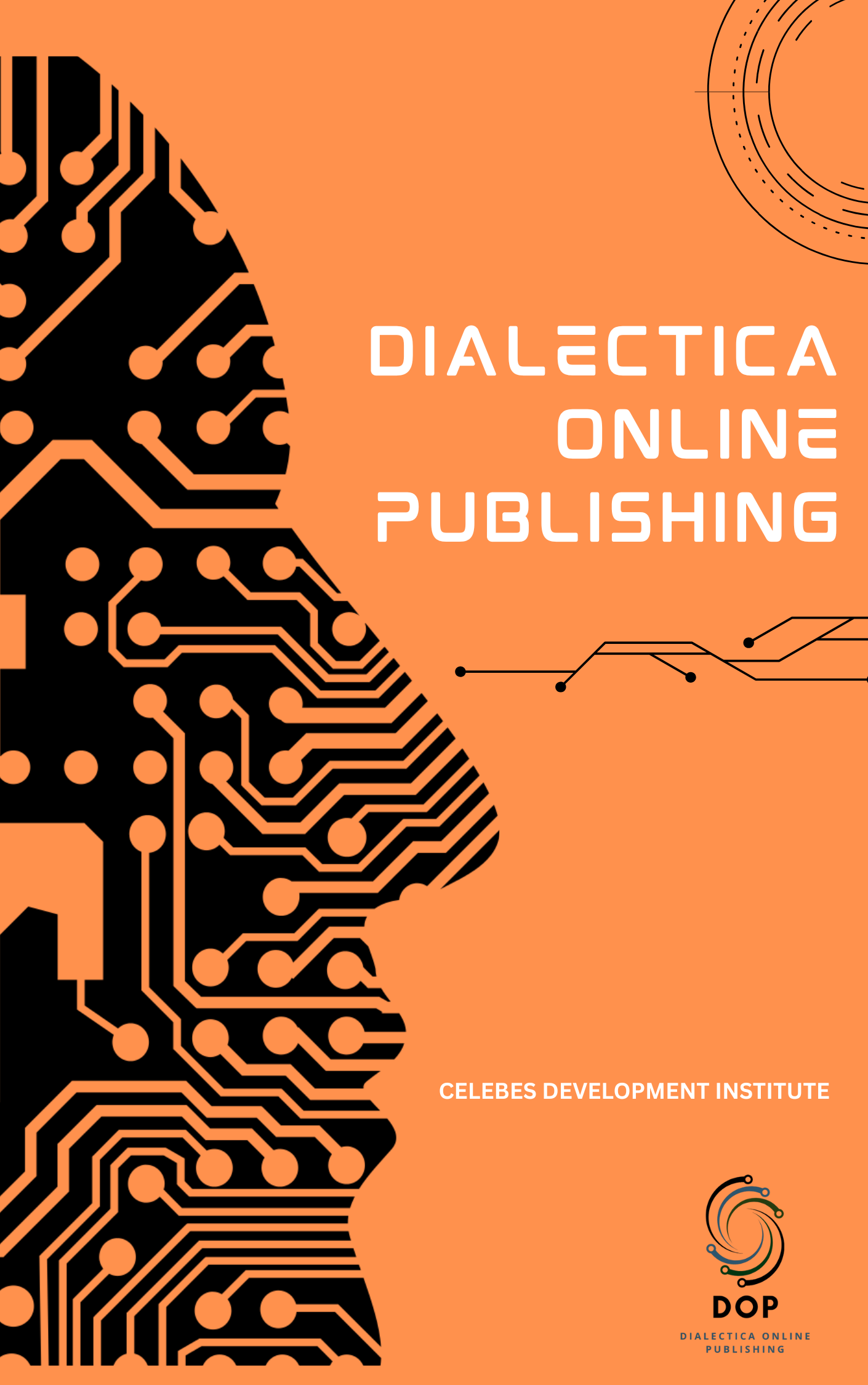Gender Roles in the Transmission of Local Language: A Study of Namblong Language Vitality in Namblong District, Jayapura–Papua
Keywords:
Language vitality, Namblong, GIDS, Language shift, Gender roles, Language transmissionAbstract
This study aims to identify the level of vitality of the Namblong language in Jayapura Regency, Papua, using the Graded Intergenerational Disruption Scale (GIDS) framework developed by Fishman (1991). The primary focus of this research is to analyze the role of gender, specifically fathers and mothers, in the intergenerational transmission of the Namblong language to their children. A qualitative approach was employed, utilizing questionnaires and in-depth interviews as data collection techniques. The questionnaires were used to determine the GIDS level based on the parental roles of fathers and mothers, while in-depth interviews were conducted to explore the factors contributing to language shift. The findings reveal that the Namblong language is currently at level 7 of the GIDS, characterized by the low frequency of language use within the family domain and the limited transmission of the language from parents to children. The lack of active use of Namblong in family interactions has resulted in children’s low fluency and has accelerated the shift toward more dominant languages. Specifically, the father’s role in language transmission accounts for only 6.4%, while the mother’s role is slightly higher at 20%; however, both remain insufficient to ensure the intergenerational continuity of the language. The main factors driving this language shift include the dominance of Indonesian and foreign languages in education and public communication, changes in cultural values and orientation, gender inequality in parenting roles, and low linguistic awareness regarding the importance of preserving local languages.










